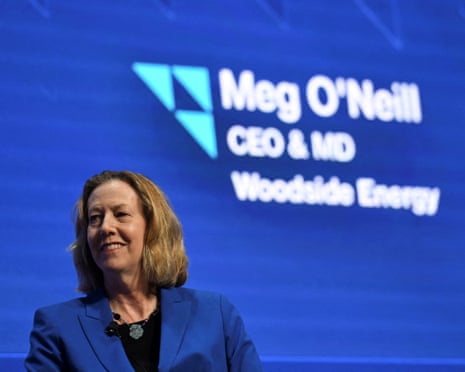Louisiana’s Gas Boom: Economic Growth, Global Impact, and Environmental Concerns
The energy landscape in Louisiana is undergoing a major transformation, fueled by massive investments in the gas sector. Recent approvals and expansions in liquefied natural gas (LNG) projects have drawn national and international attention. This surge is not only changing the state's economy but also sparking global discussions about energy, jobs, and the environment.

The Rising Tide of Gas Investments in Louisiana
Louisiana is quickly becoming a heavyweight in the global gas market. In April 2025, Woodside Energy announced its final investment decision for a $17.5 billion LNG production and export facility in Lake Charles. State officials say the project will create up to 1,000 permanent jobs and 8,000 construction jobs, making it the largest foreign investment in Louisiana’s history. You can read more about the approval and job creation potential in this article from The Advocate.
This is just one part of a broader wave of capital flowing into the state. Since January 2024, Louisiana has attracted over $60 billion in investments, transforming its economy at an unprecedented pace. According to Business Report, Governor Jeff Landry described this period as “historic.” He emphasized how these projects are raising incomes and enhancing quality of life across the region.
Louisiana’s Position in the U.S. Gas Market
The state already boasts four operational LNG export terminals, more than any other in the nation. Louisiana is responsible for 61% of America’s LNG exports. This commanding role is positioning the state as a key player on the world stage. Leaders from various industries are recognizing the “enormous” opportunities that gas brings to the area, especially with federal regulatory climates changing. The repeal of certain LNG permitting pauses adds even more momentum to these projects.
Environmental Debates and Global Implications
While these developments promise economic growth, they also raise environmental questions. Woodside’s investment aims to turn the company into a “global LNG powerhouse.” However, environmental advocates warn the Louisiana LNG project could export harmful gas until the 2070s. Some groups estimate the project will add up to 1.6 billion tonnes of greenhouse gas emissions over its lifespan.
Investors are feeling the pressure to balance profits with responsible environmental strategies. Even with Woodside’s pledge to cut direct emissions by 30% by 2030, concerns persist. Critics point out that most of the climate impact comes from “scope 3” emissions—those produced when the gas is eventually burnt by consumers around the world.
The Road Ahead: Balancing Growth and Responsibility
The gas boom in Louisiana is a testament to the region’s resilience and economic ambition. Massive projects like the Lake Charles LNG facility are driving jobs, raising local incomes, and boosting the state’s global reputation. However, the debate over sustainability and climate impact highlights the need for balanced development.
As Louisiana’s gas industry surges forward, both supporters and critics will continue to shape the narrative. For now, the state stands as a leading example of how resource-rich regions can harness opportunity—while facing the urgent call to address global environmental challenges.